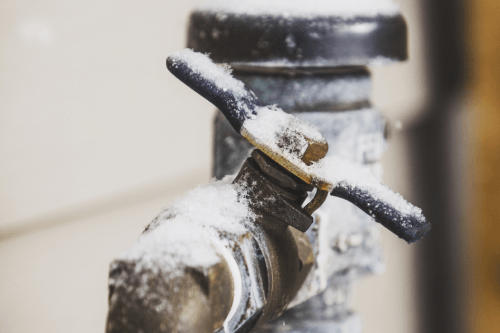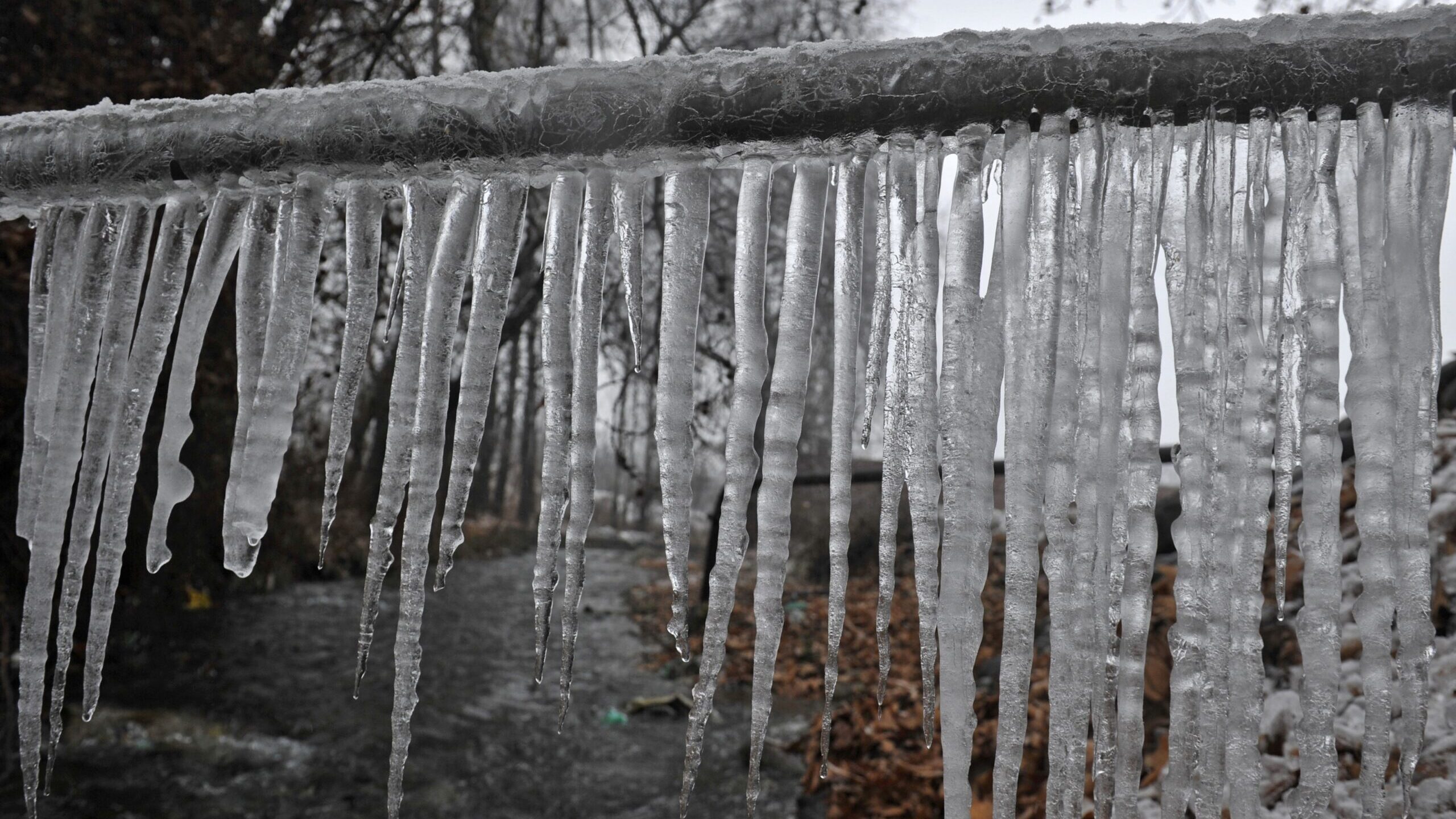How to Defend Your Pipes from Cold Weather: Expert Advice
Free QuoteThis post on the next paragraphs on the subject of Winter Plumbing Precautions: Preventing Frozen Pipes is unquestionably entertaining. Don't miss it.

Cold weather can ruin your plumbing, particularly by freezing pipes. Here's how to stop it from occurring and what to do if it does.
Intro
As temperature levels decrease, the risk of frozen pipes increases, possibly causing expensive fixings and water damages. Recognizing how to avoid frozen pipes is crucial for homeowners in cold environments.
Understanding Frozen Pipes
What triggers pipes to freeze?
Pipelines ice up when exposed to temperatures listed below 32 ° F (0 ° C) for expanded periods. As water inside the pipelines freezes, it increases, putting pressure on the pipe walls and potentially causing them to rupture.
Risks and problems
Icy pipelines can bring about water supply disruptions, home damage, and pricey repair work. Burst pipelines can flooding homes and create substantial structural damages.
Indications of Frozen Pipes
Determining frozen pipes early can prevent them from rupturing.
Just how to identify frozen pipelines
Seek lowered water flow from taps, unusual smells or noises from pipelines, and visible frost on revealed pipes.
Avoidance Tips
Insulating susceptible pipes
Cover pipes in insulation sleeves or use warmth tape to protect them from freezing temperatures. Focus on pipes in unheated or external areas of the home.
Home heating strategies
Keep interior areas adequately heated, specifically locations with pipes. Open cupboard doors to allow cozy air to distribute around pipes under sinks.
Safeguarding Exterior Pipes
Yard hose pipes and outside taps
Disconnect and drain pipes yard hose pipes before winter season. Mount frost-proof spigots or cover outdoor faucets with shielded caps.
What to Do If Your Pipes Freeze
Immediate actions to take
If you think icy pipes, maintain taps available to alleviate stress as the ice thaws. Utilize a hairdryer or towels soaked in hot water to thaw pipelines gradually.
Long-Term Solutions
Structural modifications
Consider rerouting pipelines far from outside wall surfaces or unheated areas. Add additional insulation to attic rooms, basements, and crawl spaces.
Upgrading insulation
Buy top quality insulation for pipes, attics, and walls. Proper insulation aids preserve consistent temperature levels and decreases the danger of frozen pipelines.
Verdict
Stopping icy pipes needs positive steps and fast reactions. By recognizing the reasons, indications, and safety nets, property owners can protect their plumbing during winter.
5 Ways to Prevent Frozen Pipes
Drain Outdoor Faucets and Disconnect Hoses
First, close the shut-off valve that controls the flow of water in the pipe to your outdoor faucet. Then, head outside to disconnect and drain your hose and open the outdoor faucet to allow the water to completely drain out of the line. Turn off the faucet when done. Finally, head back to the shut-off valve and drain the remaining water inside the pipe into a bucket or container. Additionally, if you have a home irrigation system, you should consider hiring an expert to clear the system of water each year.
Insulate Pipes
One of the best and most cost-effective methods for preventing frozen water pipes is to wrap your pipes with insulation. This is especially important for areas in your home that aren’t exposed to heat, such as an attic. We suggest using foam sleeves, which can typically be found at your local hardware store.
Keep Heat Running at 65
Your pipes are located inside your walls, and the temperature there is much colder than the rest of the house. To prevent your pipes from freezing, The Insurance Information Institute suggests that you keep your home heated to at least 65 degrees, even when traveling. You may want to invest in smart devices that can keep an eye on the temperature in your home while you’re away.
Leave Water Dripping
Moving water — even a small trickle — can prevent ice from forming inside your pipes. When freezing temps are imminent, start a drip of water from all faucets that serve exposed pipes. Leaving a few faucets running will also help relieve pressure inside the pipes and help prevent a rupture if the water inside freezes.
Open Cupboard Doors
Warm your kitchen and bathroom pipes by opening cupboards and vanities. You should also leave your interior doors ajar to help warm air circulate evenly throughout your home.

I was made aware of that write-up about 6 Ways to Prevent Frozen Pipes from a buddy on another site. Do you know somebody else who is excited by Winter Plumbing Precautions: Preventing Frozen Pipes? Why not promote it. Thanks for taking the time to read it.
Visit Our Website